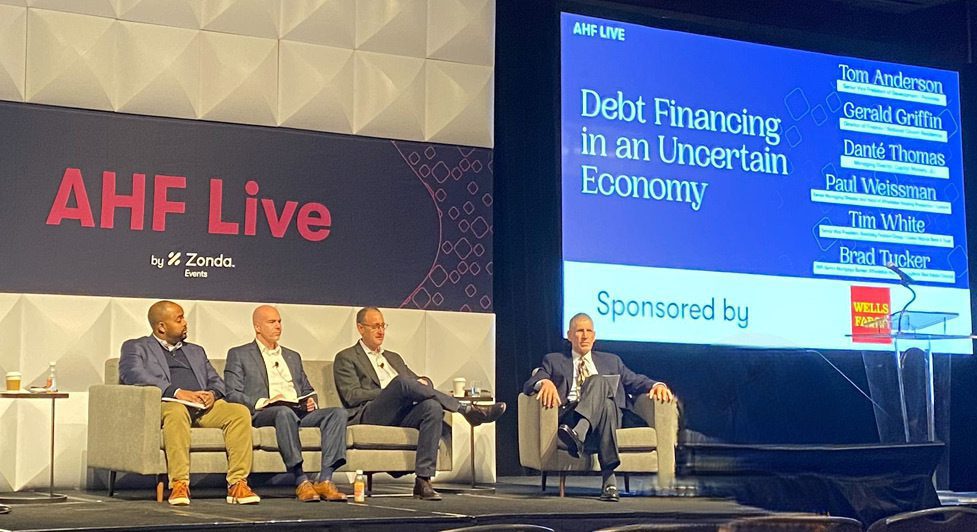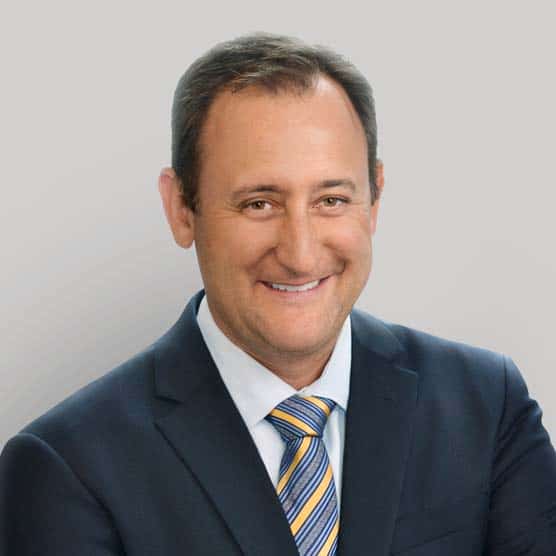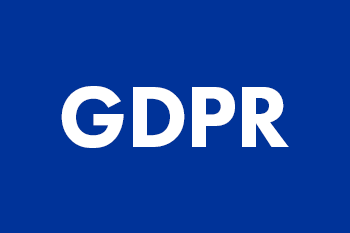For the 2022 AHF Live panel discussion on “Debt Financing in an Uncertain Economy,” I was joined by Dante Thomas of JLL, Gerald Griffin of National Church Residences, Brad Tucker of KeyBank, and Tim White of Cedar Rapids Bank as we explored strategies for managing debt financing costs and interest rate risk. We shared tips on how to successfully finance deals despite the recent volatility that has made accurately underwriting a transaction so difficult. The lively discussion was divided into three topics: solutions for a transaction with a last-minute funding gap, themes for 2023, and advice for borrowers.
Funding Gap Solutions
During the session, our moderator, Tom Anderson of Pennrose, posed a scenario: You have a deal that is about to lock, rates go up last-minute, and you lose half a million in proceeds. What do you do?
It’s a tricky question, and one everyone on the panel had faced that situation numerous times this past year.
Often, the most obvious option is for the developer to contact the state and municipality to see if any soft funding is available. Finding additional sources late in the game is difficult, but it can be done. Another route panelists discussed was “passing the hat” around to all parties and asking everyone to take a little less in fees. Both these strategies are worth pursuing, we all agreed, but often won’t completely solve the problem.
One particularly productive option is to explore the potential of a supplemental loan, a concept that became a reoccurring theme of the session. The idea is that borrowers may be able to live with fewer proceeds in the near term if they have a plan to obtain additional funds via a supplemental loan once their property is stabilized. Further, a provision could be added to the deal stating that the lender pre-approves a supplemental loan of a certain amount as long as debt service coverage remains above a designated level.
With an FHA loan, it is difficult to change underwriting parameters once the application is submitted. But on the bright side, it is relatively easy to reduce your rate if the interest rates decline through HUD’s 223(a)(7) or interest rate reduction program at some point in the future.
In terms of Fannie Mae and Freddie Mac financing, using an immediate funding structure was a common strategy discussed by the panelists. The agencies allow the sizing of two different scenarios—as-is and as-stabilized. Once the property is stabilized and meets net operational income targets within a specified period, additional proceeds can be released.
Another example can be found in a recent Fannie Mae forward transaction Lument completed. I described how we approached a last-minute funding gap by working with Fannie to extend the amortization from 30 to 35 years. Although this strategy did not completely fill the gap, it reduced the severity of the problem significantly.
Themes for 2023
Next, panelists were prompted to offer thoughts on trends that may emerge in 2023. Measured optimism was consistent in everyone’s responses, as we agreed 2022 was a perfect storm primarily because interest rates and inflation rose so quickly and dramatically. We have a better sense now of what to expect, allowing us to plan accordingly.
Representing the borrower’s perspective, Gerald Griffin, director of finance at National Church Residences, noted that a year ago lining up equity was a developer’s biggest concern and debt was an afterthought. Affordable, long-term debt was seen as relatively easy to obtain. Now figuring out the debt structure upfront is essential. That approach will certainly carry over into 2023. One solution National Church Residences has employed is to use an immediate funding structure, which helps eliminate interest rate exposure on a variable rate construction loan. As we are currently in an inverted yield curve environment, long-term rates are lower than short term, so immediate funding can be beneficial for borrowers.
Advice for Borrowers
Lastly, the panel concluded with advice for borrowers as they approach the new year. We all agreed that talking to your partners, especially equity investors, as early as possible would be beneficial, as it can help set expectations for what pricing will look like in early 2023. When you can lock in equity pricing and permanent debt, it may be prudent to do so even if the rate is higher than one would prefer, as at least it takes some of the development risk off the table.
Although there are no easy answers to navigating a challenging market like the one we currently face, panelists agreed that patience, flexibility, and creativity all can reap benefits, and having optionality in a business plan is essential in an unstable market.
To learn more about potential strategies for your business, please contact us today.


